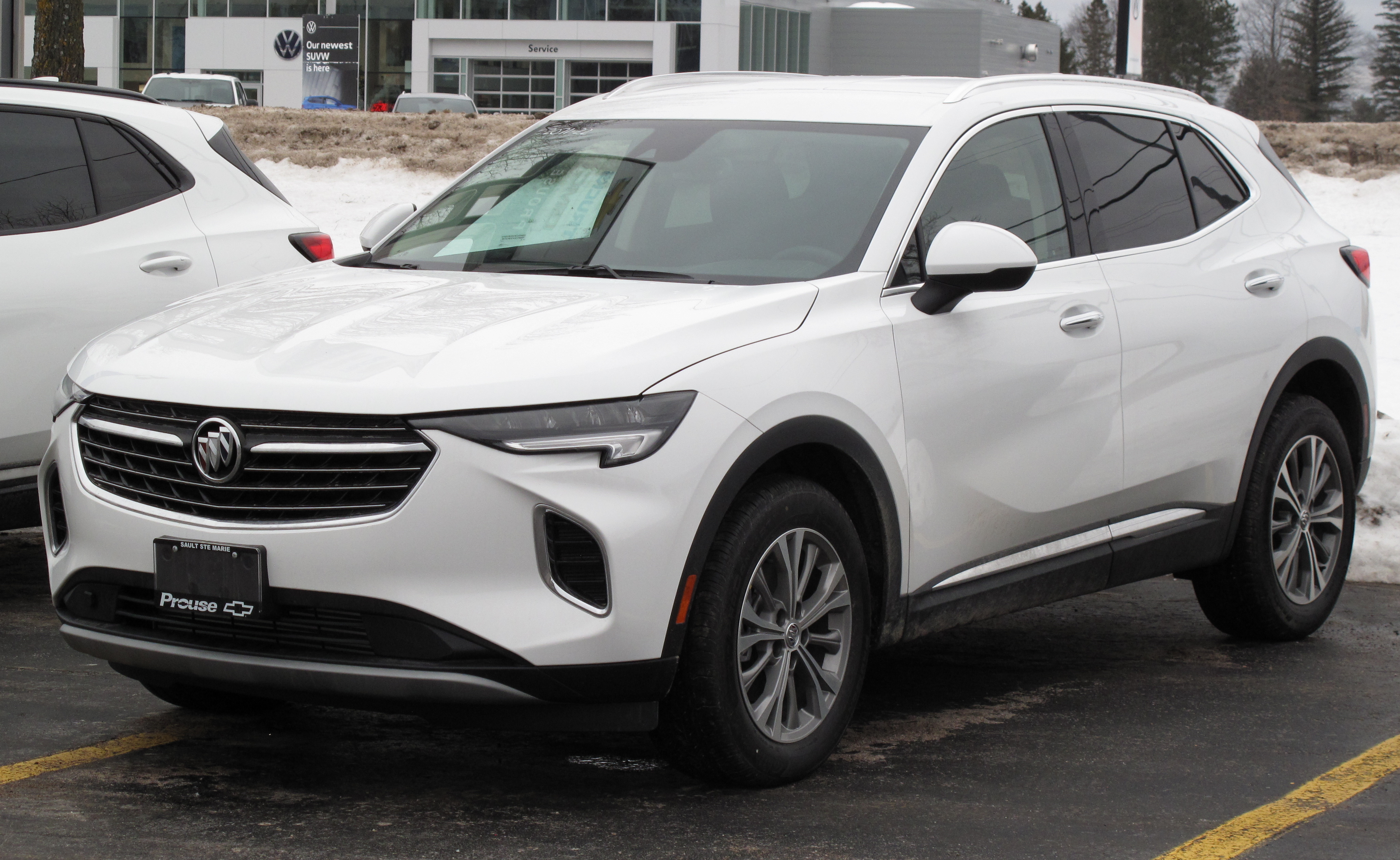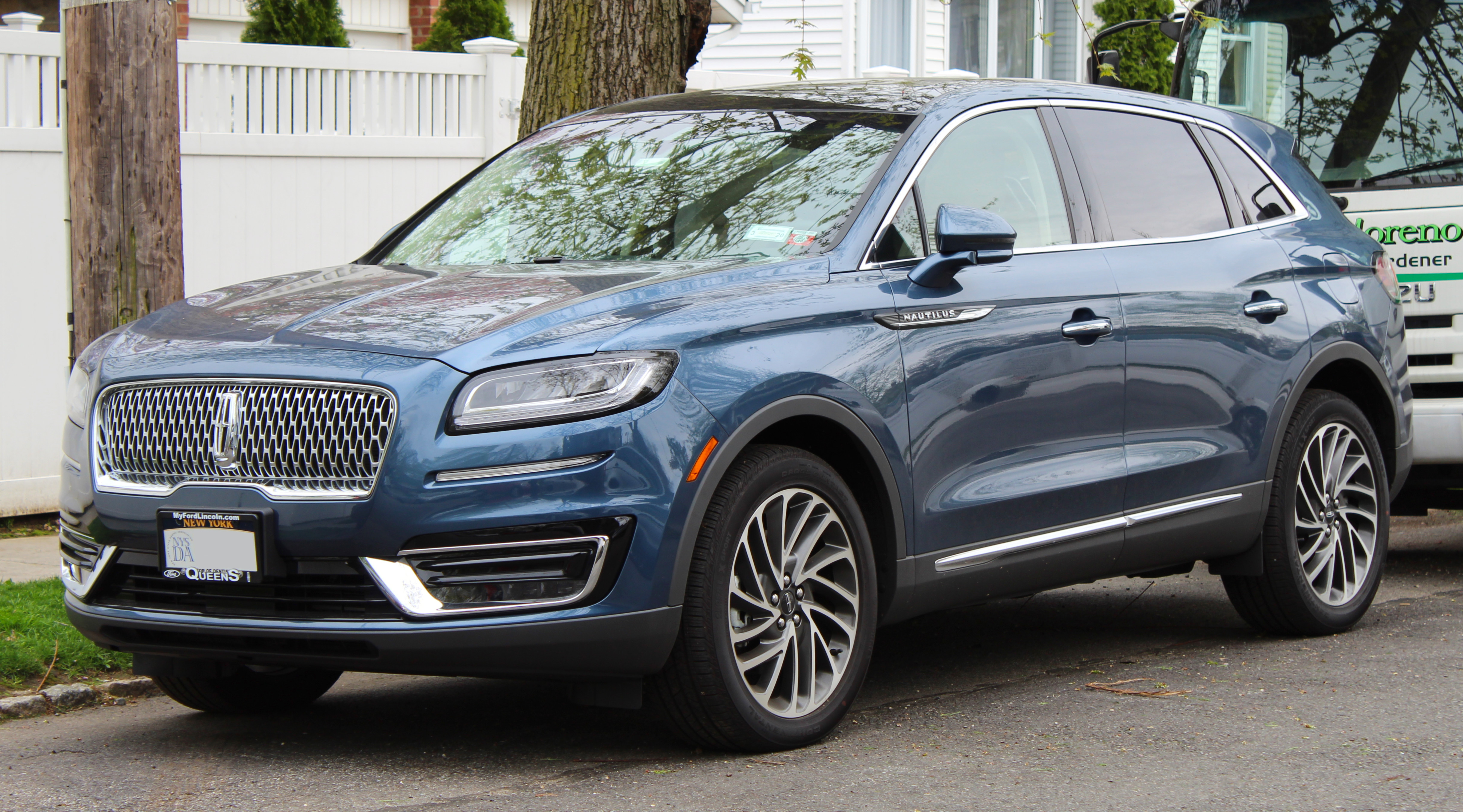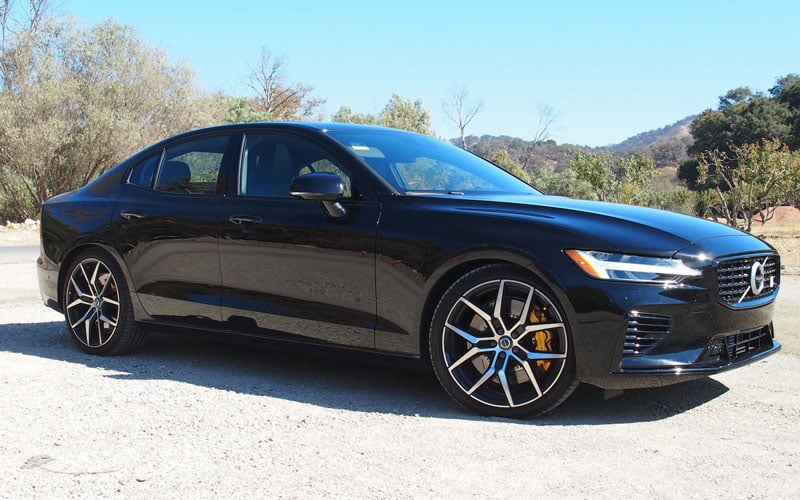
As you drive through America, you might be surprised to learn that many of the cars zipping by have traveled thousands of miles from China, with over 104,000 Chinese-made cars finding a home in the U.S. in just 2023 alone.

1. **Buick Envision**: Since its launch in 2016, the Buick Envision has led the charge as one of the first Chinese-made vehicles sold in the U.S. With over 44,000 units sold in 2023, this compact SUV has solidified its place in Buick’s lineup and is produced through a joint venture between GM and SAIC, marking it as the second-best-selling model for the brand last year.

2. **Lincoln Nautilus**: This luxurious midsize SUV debuted in 2019, and the refreshed 2024 model is now crafted in Hangzhou, China, through a partnership with Changan Automobile, following Ford’s strategic pivot to focus its Oakville facility on electric vehicles, thus relocating Nautilus production to China.

3. **Polestar 2**: Since its 2019 release, the Polestar 2 has become a favorite among eco-conscious drivers, showcasing modern electric vehicle design. Assembled in Chengdu, China, it marries sleek Swedish design with Chinese manufacturing excellence, appealing to a new generation of car enthusiasts.

4. **Polestar 3**: With the Polestar 3, the brand introduces its first SUV, which began production in 2023. Initially manufactured in China for the U.S. market, production will soon transition to Volvo’s South Carolina facility. This shift reflects Polestar’s strategy to meet rising demands locally.

5. **Volvo S90**: The Volvo S90 is the epitome of luxury and sophistication. This flagship sedan is produced at Volvo’s factory in Daqing, China, following a strategic relocation from Sweden. With its sleek design and advanced technology, the S90 continues to be a popular choice among American luxury car buyers.

6. **Volvo S60L**: A pioneer in bringing Chinese-made cars to the U.S., the Volvo S60L sedan hit the roads back in 2016. With its combination of performance and elegance, this vehicle set the stage for subsequent Chinese-made models entering the American market.

7. **Cadillac CT6 Hybrid**: While it may not have gained widespread recognition, the Cadillac CT6 Hybrid was one of the pioneering Chinese-made vehicles available in U.S. dealerships, catering to environmentally aware consumers with its hybrid technology and elegant design.

8. **Volvo V90**: While the sedan sibling S90 makes its way from China, the Volvo V90 wagon continues to be produced in Sweden, highlighting the brand’s versatile manufacturing approach. Though not Chinese-built, it complements the lineup and offers choices to fans of the brand.

9. **Chevrolet Trax**: The Chevrolet Trax might not scream “Made in China,” but this subcompact SUV has its roots firmly planted in the East. Built in Shanghai through GM’s partnership with SAIC, the Trax provides American drivers with a reliable and affordable option in the competitive small SUV market. With its agile handling and an impressive array of features, it has become a popular choice for urban dwellers and those looking for a dependable vehicle without breaking the bank.

10. **Buick Regal**: The Buick Regal, a midsize sedan known for its stylish appearance and smooth driving experience, is another model assembled in China, specifically in Shanghai; despite its production location, it has remained popular among American buyers who enjoy its combination of performance and luxury.

11. **Ford EcoSport**: This compact SUV combines practicality and style, manufactured in China to meet the diverse needs of consumers seeking versatility without the heft of larger vehicles; Ford’s choice to produce the EcoSport in China reflects the global approach automakers are taking to fulfill market demands without sacrificing quality.

12. **MG Hector**: While not as mainstream in the U.S., the MG Hector represents the potential future of Chinese-made vehicles in America. Known for its tech-savvy features and spacious interior, the Hector is built by SAIC Motor Corporation and has gained popularity in markets like India. If the brand decides to expand its American presence, the Hector could serve as a significant entry point.

13. **Geely Atlas**: Known globally for its affordability and robust build, the Geely Atlas is another example of Chinese automotive craftsmanship. Though primarily aimed at other markets, its success demonstrates the potential Chinese-made vehicles hold in offering quality and value. The Atlas’s features, such as advanced safety systems and infotainment technology, resonate with consumers worldwide.

14. **BYD Tang**: As one of China’s leading electric vehicle manufacturers, BYD offers the Tang, a hybrid SUV that combines eco-friendliness with luxury. Its introduction to the U.S. could bring a new level of competition in the hybrid market, emphasizing BYD’s commitment to expand globally and challenge established brands on their home turf.

15. **Haval H6**: The Haval H6 SUV is gaining global attention for its impressive safety ratings and comfort features, manufactured by Great Wall Motors; if it were to enter the U.S. market, it could attract consumers looking for reliable and stylish SUVs at competitive prices.

16. **NIO ES6**: While not yet available in the U.S., the NIO ES6 deserves a mention as a cutting-edge electric vehicle known for its long-range capabilities and innovative tech; if tariffs and market dynamics were favorable, it could revolutionize the American EV scene.

As the automotive landscape continues to shift, these Chinese-made vehicles underscore a significant part of the U.S. market, reinforcing that despite challenges such as tariffs, the appetite for diverse, affordable, and innovative cars remains strong, highlighting the interconnectedness of global manufacturing and consumer preferences, paving the way for a promising future in automotive trade and technology.
Related posts:
Americans have been driving these Chinese-built cars for years — and Biden’s tariffs likely won’t impact them
Importing a Car from China to the United States
Why Biden’s tariffs on Chinese EVs will have little immediate impact on the US auto market





